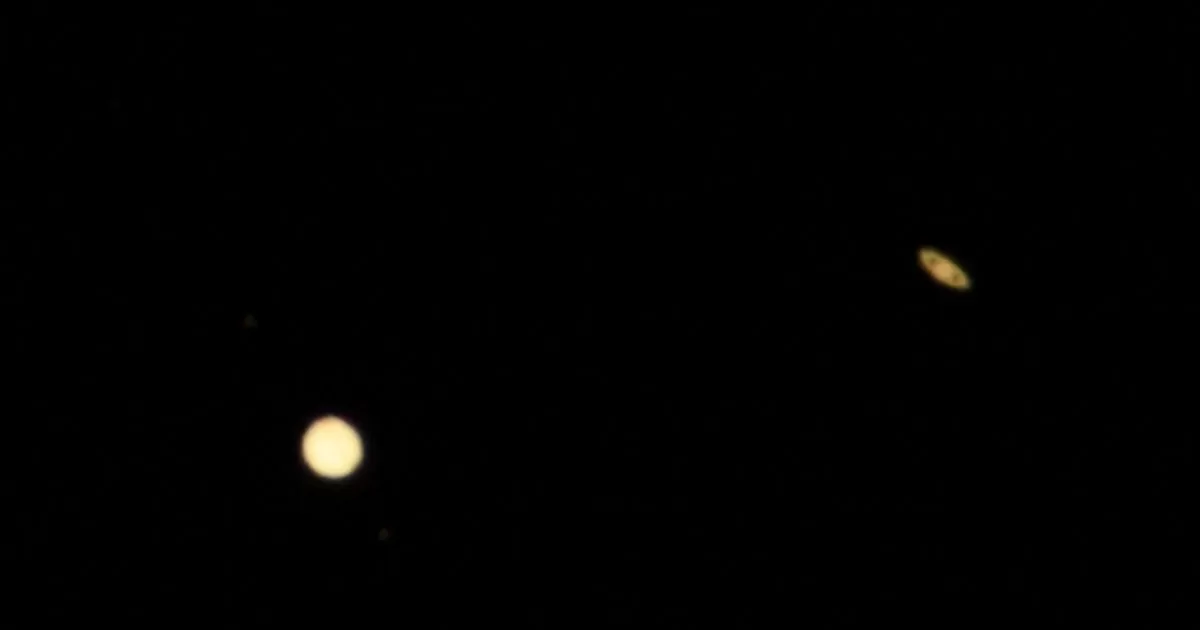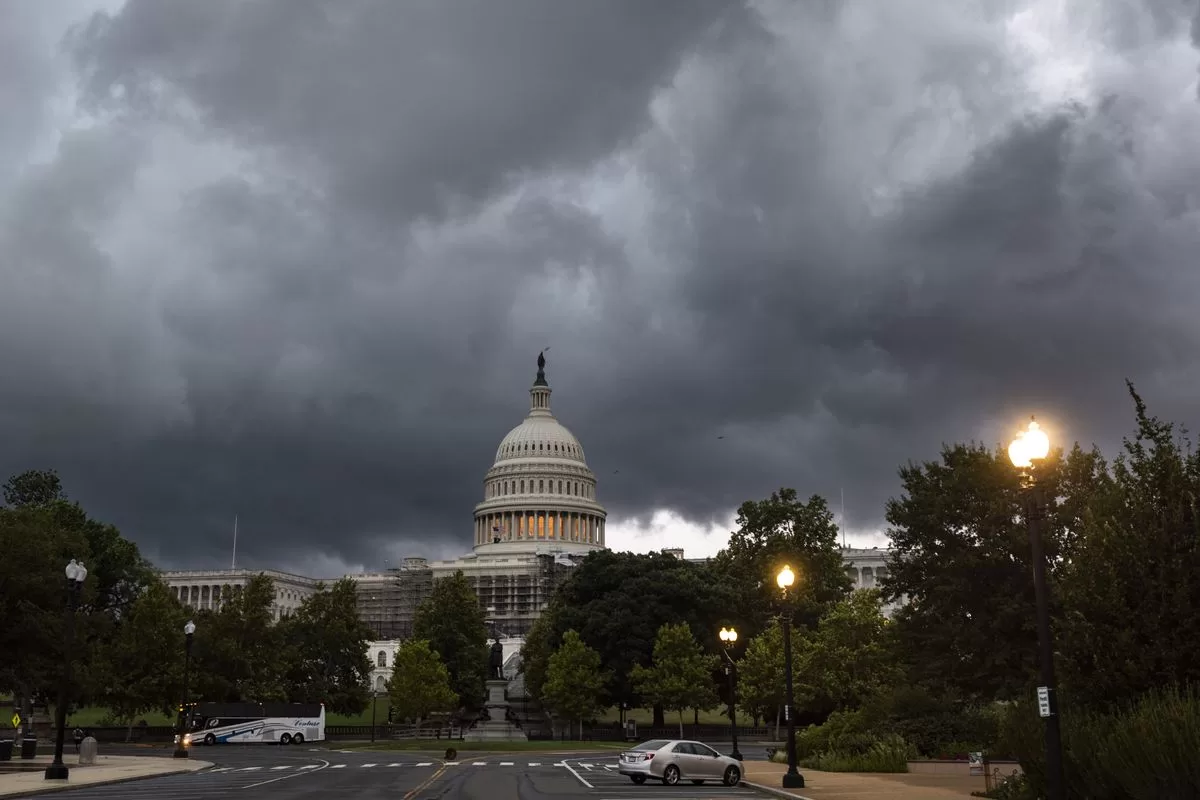MIAMI.- This Thursday, December 21, we will experience the longest night of the year, known as Winter Solstice. A astronomical event that will occur in the northern hemisphere and that represents the beginning of the coldest season of the year.
During the winter solstice it will be experienced in the northern hemisphere the shortest day and longest night of the yearsince it is further away from the sun and the solar path is low on the horizon.
With the arrival of this astrological phenomenon, the days become longer and the ascension of sunlight begins towards the summer solstice that will arrive on June 21, when the day with the most sunlight in the year will occur and it will be the first day of the summer.
What is the winter solstice?
The winter solstice or December solstice marks the official start of astronomical winter which started on December 1st. This phenomenon occurs once a year in each hemispherein December for the northern hemisphere and in June for the southern hemisphere.
It is because the northern hemisphere of the earth is tilted the farthest from the sun and therefore receives the least light.
According to the National Aeronautics and Space Administration (NASA), the planet’s tilt of 23.4 degrees influences the amount of sunlight each hemisphere receives, which determines the change of seasons.
During the summer, the sun has a high trajectory and forms an arc in the sky, variations that are linked to the celestial equator, an imaginary circle that passes through the Earth’s real equator.
When will it happen?
According to official information from the National Weather Service (NWS), in 2023 the winter solstice will begin in the US in New York City this December 21 at 9:27 p.m., corresponding time for the northern hemisphere. and will extend until Tuesday, March 19, 2024 when spring arrives.
According to experts, it is the moment in which the North Pole of the earth will be furthest from the Sun, so the orientation will reach 23.5 degrees south of the equator and will pass through Australia, Chile, southern Brazil and northern Brazil. South Africa.
Americans will be able to enjoy only eight hours of daylight this December 21.
Two equinoxes and two solstices occur throughout the year, indicating the beginning of the seasons. The equinoxes correspond to spring and autumn, while the solstices correspond to winter and summer.
Meaning
The word solstice comes from the Latin “sol” and “sistere,” which means that the sun appears to stop in its path across the sky for a few days before and after the solstice.
Additionally, the winter solstice has different meanings in some cultures and beliefs that associate it with a time to reflect, rebirth, the triumph of light over darkness and personal transformation. Some countries hold parties and events in commemoration of this event.
The winter solstice has influenced annual calendars, as well as winter customs, rituals, and narratives.
During this day you can carry out activities such as:
- Take a walk to contemplate the sunset and the impressive views in the low light of the celestial body.
- Visit the parks and museums located as far north as possible to take incredible photographs while experiencing this phenomenon.
Many cultures celebrate this day with parties, dances, bonfires, picnics, nighttime displays, concerts, yoga, and other activities.
Some of the countries that will be most affected by the winter solstice will be those closest to the North Pole. Among them, in Helsinki, Finland, there will be just under six hours of sunlight due to winter, while in the city of Nome, Alaska, the number of hours with daylight is reduced to three, and in Prudhoe Bay they will have almost 24 hours of darkness.
@Lydr05
Source: With information from La Nación and El Tiempo




